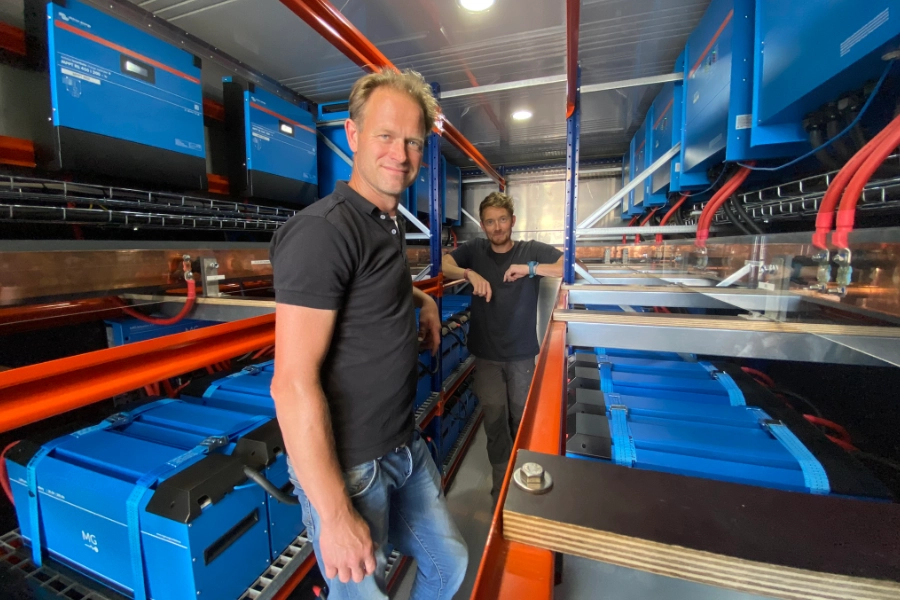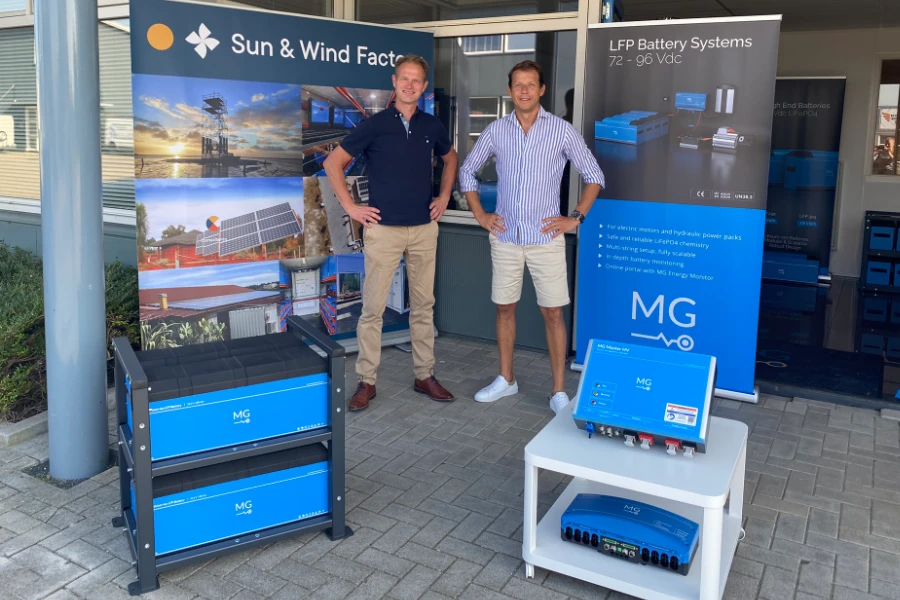Their Challenge
In Tanzania’s Serengeti on top of a hill you’ll find Lahia Tented Lodge, a brand newluxury resort with a magnificent view. Equally amazing is the fact that it’s the first accommodation in Africa’s energy transition to run entirely on solar electricity. Not justfor heating water and burning lights, but the whole place, from the giant pumpssupplying fresh water, up to the equipment for the infinity pool.
No more diesel generators using over a hundred liters of fuel each day, exhaustingnoise and toxic fumes, but an advanced off-grid large-scale eco-friendly solarsystem. A plant of 488 panels harvests energy during the day to power the entireproperty and load a bank of 20 MG HE Series lithium-ion NMC batteries with a totalcapacity of 150 kWh to keep providing energy, long after the sun sets on theSerengeti.
It’s our first system to run in parallel redundant mode, which means several stringsof batteries are connected in parallel and set up to control the Victroninverter/chargers through a digital link. Even in the event one battery string shouldfail, the installation will keep on running on the remaining ones. In case of anemergency or maintenance a back-up generator will seamlessly kick in.
It’s a proof of concept for the tourist industry that it can be done and this is how. While small solar systems are in wide use, most of them store their energy in lead-acid battery banks, which are limited in (dis)charge capacity. Put to heavy use in tough condition like these they only last a few years. This lithium-ion system isstrong enough to power an entire off-grid tourist resort for at least a decade or more. This system was commissioned inclose cooperation with Anco vanBergeijk and our local dealer Gadgetronix.
Our Solution
Components used:
- 488 x solar panel
- 4 x Fronius Eco
- 9 x Victron Quattro
- 14 x Victron MPPT
- 2 x Victron Venus GX
- 5 x 4 MG HE Series battery modules
- 5 x MG Master LV




Background Story
On solar safari in the Serengeti: challenges and opportunities forthe energy transition
The roads surrounding Kilimanjaro airport are lined with solar-powered led-lights, but by the time it’s midnight already half of them have died. Some keep switching on and off at random, most probably due to lack of power supply. Since the batteries are poured in concrete to discourage theft, they’re equally hard to repair or replace. It’s not a local issue, but familiar sight in Africa.
On solar safari
Shocking conditions
Plenty sun – and potholes
Shaken, not stirred
Jaw-dropping craftsmanship on diesel
Saving water in a leaky bucket
(Dis)charging through a firehose
Redundant energy supply
Side by side





